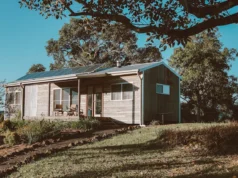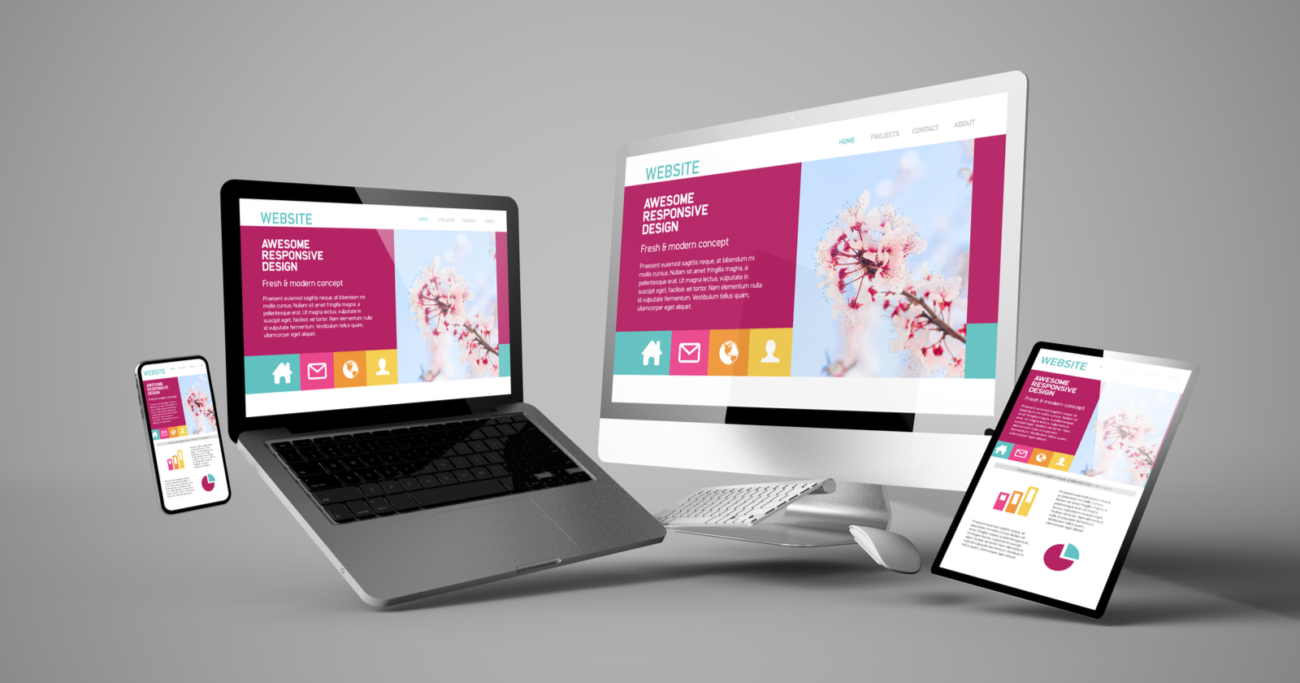
Hey there, fellow web enthusiasts! As we roll into 2024, the digital landscape continues to evolve, and so does web design.
Whether you’re a seasoned designer or just someone curious about what’s hot in web design, let’s chat about what trends are making waves and which ones might be sinking. Grab a coffee, and let’s get into it!
The Big Winners & Trends That Work
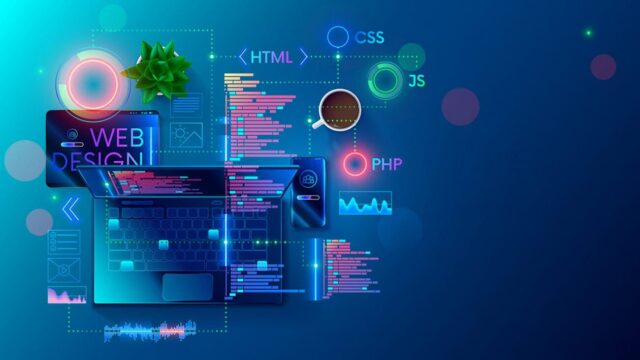
1. AI-Generated Designs
Artificial Intelligence isn’t just a buzzword anymore—it’s reshaping how we design websites. AI tools can now create layouts, suggest color schemes, and even generate content.
This trend is about efficiency and creativity, allowing designers to focus more on the big picture while AI handles the nitty-gritty details. Imagine having a virtual assistant that helps you design a site in half the time!
For those looking to integrate AI tools without breaking the bank, consider checking out affordable web design packages that offer a variety of options.
2. Kinetic Typography
Text these days is far from stagnant. Kinetic typography breathes life into words, making them dance across the screen and captivate the viewer. It’s like giving your message a heartbeat, a pulse that resonates with the audience.
Gone are the days of flat, lifeless text. Kinetic typography infuses the written word with a vibrant energy, drawing the eye and leaving a lasting impression. It’s a mesmerizing way to convey your message, almost as if the letters themselves are speaking directly to the viewer.
3. Parallax Scrolling
Parallax scrolling creates a 3D effect as users scroll down a page, making the experience more immersive. It’s visually appealing and can guide users through a story or journey on your site. When done right, it keeps users engaged and encourages them to explore more. Just be cautious not to overdo it, as too much can be overwhelming.
4. Micro-Interactions
Micro-interactions are those tiny animations or responses that happen when you interact with a website element, like a button changing color when you hover over it. They enhance user experience by providing feedback and making the interface feel more responsive. They might seem small, but they can make a big difference in how users perceive your site.
5. Dark Mode
Dark mode has been gaining popularity for a while now, and it’s not going anywhere. It’s easier on the eyes, especially in low-light environments, and can make colors and design elements pop. Plus, it can save battery life on mobile devices. Offering a dark mode option can enhance user experience and accessibility.
The Not-So-Hot ─ Trends That Don’t Work
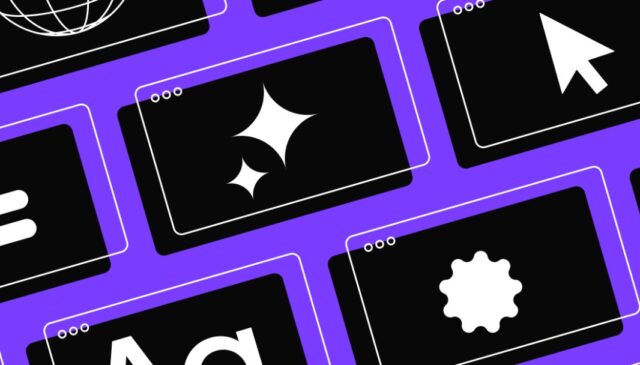
1. Overuse of Animations
Animations can be cool, but too much of a good thing can be bad. Overloading a site with animations can slow down load times and distract users from the main content. It’s important to strike a balance and use animations sparingly to enhance, not overwhelm.
2. Excessive Minimalism
Minimalism has been a trend for years, but taking it too far can make a site look bare and uninviting. While clean designs are great, users still need enough information and visual cues to navigate and understand the content. A minimalist design should be functional, not just aesthetically pleasing.
3. Flashy Graphics
While rich, dense graphics can make a site look modern, they can also slow down performance and make navigation difficult. Users want fast, intuitive experiences, and overly complex graphics can get in the way. It’s better to focus on clarity and usability rather than just visual appeal.
4. Too Many Interactive Elements
Interactive elements like sliders, carousels, and pop-ups can make a site engaging, but too many can be overwhelming and confusing. Users might not know where to click or what to focus on. It’s crucial to prioritize simplicity and user flow over flashy features.
Emerging Trends & What’s on the Horizon
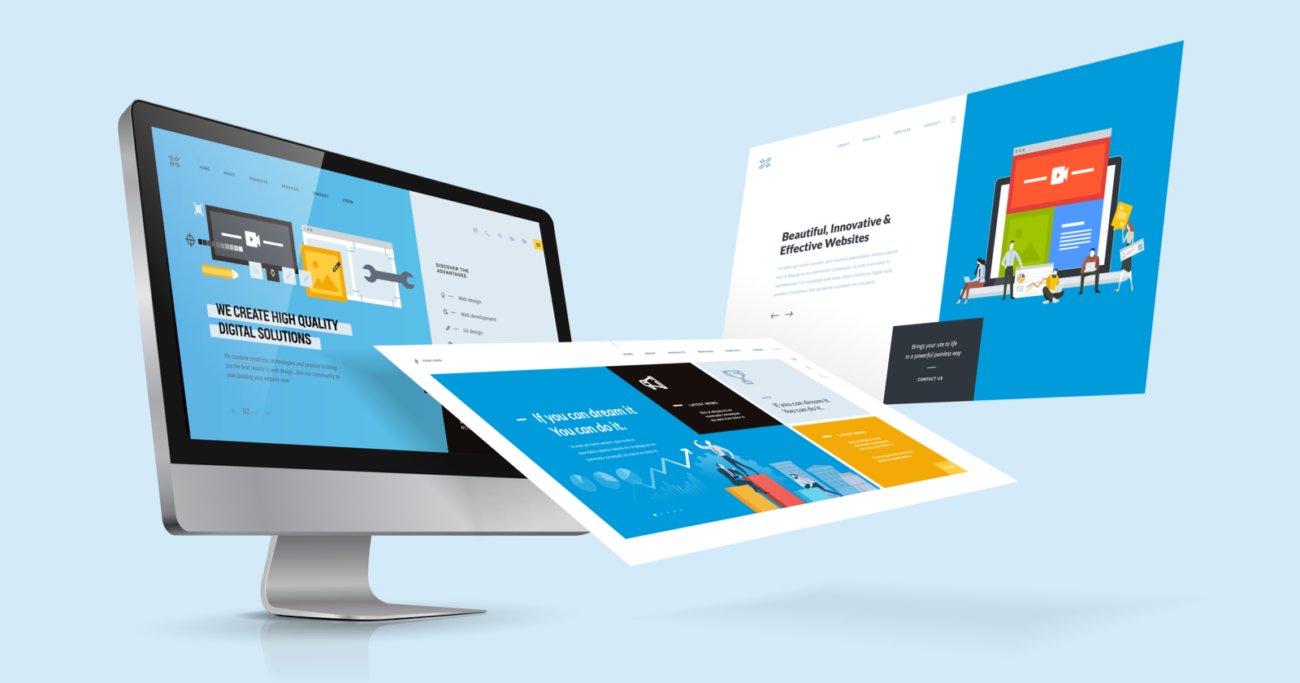
1. Experimental Navigation
Experimenting with navigation can lead to innovative user experiences. Think about non-traditional menus, hidden navigation bars, or creative scrolling experiences. While this can make a site stand out, usability should always come first. Users need to find what they’re looking for without frustration.
2. Dynamic Cursors
Dynamic cursors change shape or function based on what they’re hovering over, adding a layer of interactivity. It can make browsing more fun and engaging. However, it’s essential to ensure that it enhances the user experience rather than complicating it.
3. Inclusive Design
Inclusive design ensures that websites are accessible to everyone, including people with disabilities. This trend is about creating a web that’s usable by all, regardless of their abilities or limitations. It includes things like better color contrast, keyboard navigation, and screen reader compatibility. It’s not just a trend—it’s a necessity.
4. Personalized Experiences
Personalization is becoming more sophisticated, with websites tailoring content and experiences based on user behavior and preferences. This can make users feel more connected and engaged with the site. Think of it as a custom-made experience for each visitor.
5. Sustainable Design
Sustainability is creeping into web design, with a focus on creating eco-friendly websites. This includes optimizing for faster load times, reducing server load, and using green hosting services. It’s about being mindful of the environmental impact of our digital footprint.
Practical Tips for Implementing Trends
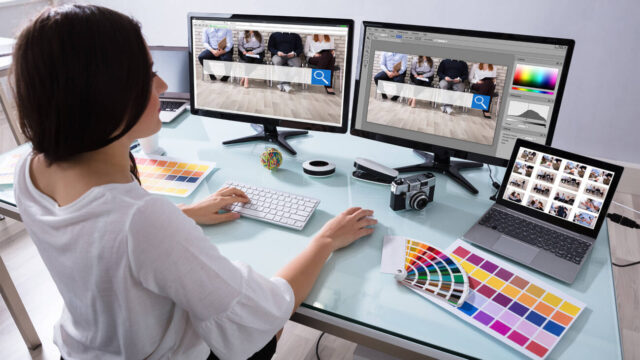
- Start small ─ Test new trends on smaller projects before rolling them out on larger sites.
- User feedback ─ Always gather user feedback to see how new designs are received.
- Performance ─ Keep an eye on site performance and load times, especially when adding new elements.
- Accessibility ─ Ensure that all design elements are accessible to all users.
- Balance ─ Find a balance between innovation and usability.
Final Thoughts
Web design trends come and go, but the key is to focus on what enhances user experience and meets your site’s goals. While it’s tempting to jump on every new trend, it’s crucial to evaluate whether it truly adds value. As we move through 2024, let’s aim to create websites that are not only visually stunning but also functional, accessible, and user-friendly.
What trends are you excited about? Have you tried any of the trends mentioned, and how did they work out for you? Share your thoughts in the comments below!
Thanks for reading, and happy designing!


